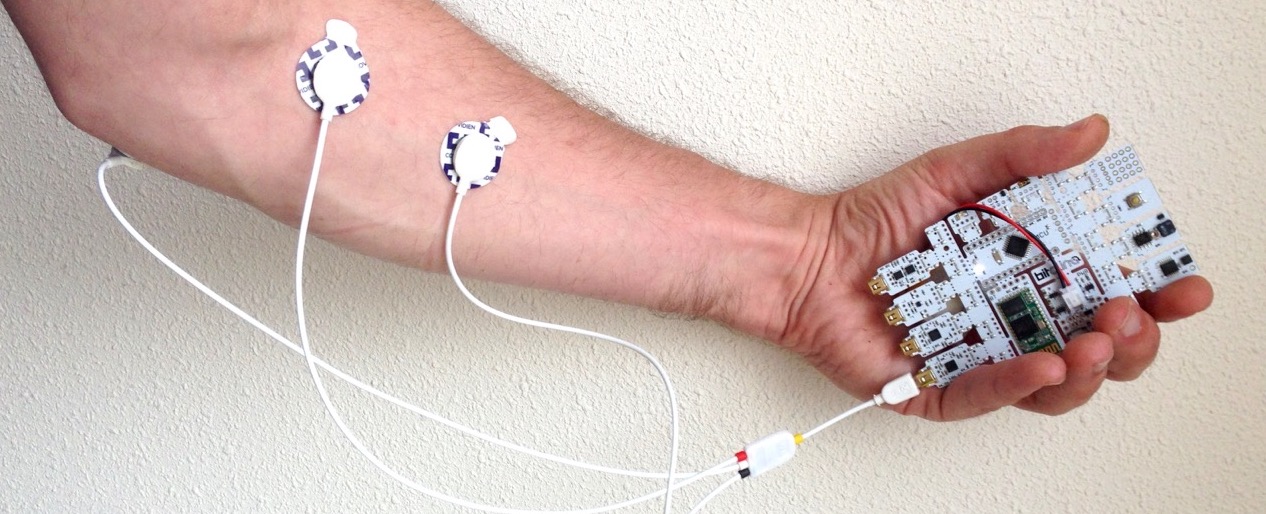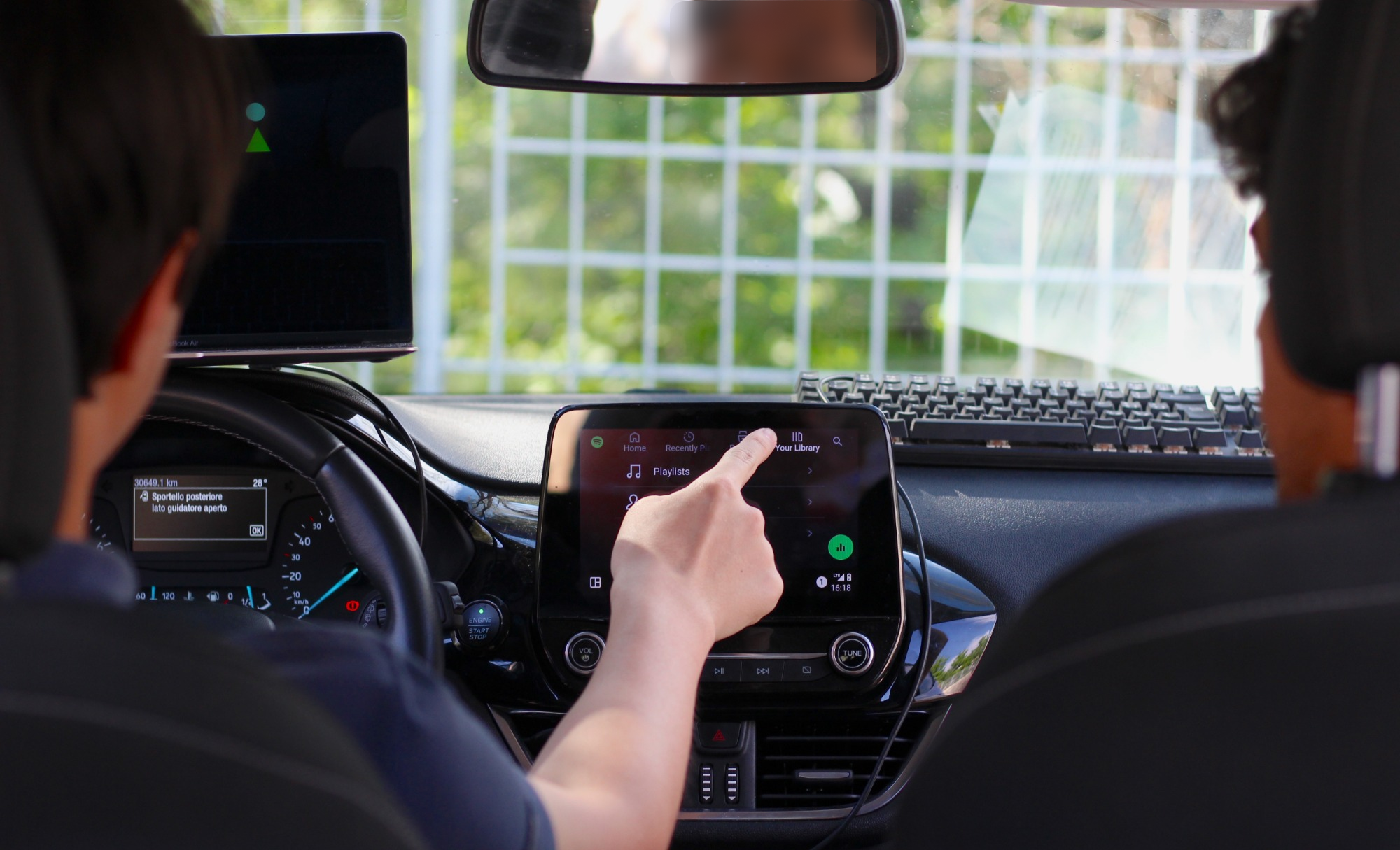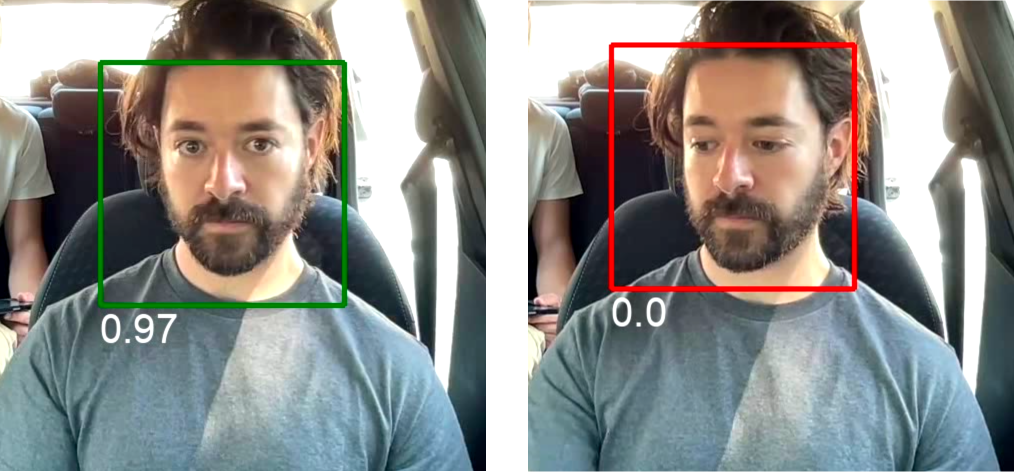Context
Cognitive Neuroscience and Neurotechnology course work
Duration
Six weeks
My Role
I was involved in all aspects of the research.
Team
Me, Anna Masheck, & Marthe Post.
Abstract
Do people feel and behave differently toward objects that appear “more human”?
We try to answer this question making use of behavioral measures and physiological signals, such as heart rate (ECG) and skin conductance (EDA), measured through a BITalino device.
In this small pilot study we test and validate our research design, without gaining significant results.
Introduction
We increasingly interact with interfaces that present human attributes, some talk like humans, some have human-like names, some have faces, and some display complex human-like behavior.
We designed and conducted a pilot study to examine the effects that anthropomorphization (making non-human things look or feel more human) has on people’s behavior, in particular their willingness to risk damaging the entity.
To do this we devised a task suited for our purpose and used different kinds of measures (behavioral, physiological) to get an insight on the psychological states of the participants.
Anthropomorphization
Anthropomorphization, simply put, is the attribution of human features or characteristics to things that are not human.
Consider for example cartoon characters like Mickey Mouse or Winnie the Pooh. Although they are animals, they behave, talk, and dress like humans, i.e. they are anthropomorphized.
You could also think about someone giving a name to their car or to a plant, or talking to their pets as if they understood, these are also examples of anthropomorphization.
We also anthropomorphize computers, imagine for instance someone saying “thank you” to Siri, Alexa or chatGPT.

Examples of anthropomorphized objects, animals, and robots.
Empathy and Anthropomorphization
In a study by Vaes et al. (2016) participants watched a tomato being touched with a soft Q-tip or with a needle, and perceived the tomato as feeling more pain, if it was given some “minimal humanity cues”, such as a name.
These and other findings suggest that attributing humanity cues (such as giving a name, a face, etc.) could trigger a sense of empathy towards non-human entities.
Based on these studies, we hypothesize that by giving humanity cues to an object, people will be less likely to take actions that risk damaging it and will feel more "uneasy" about potentially damaging it.
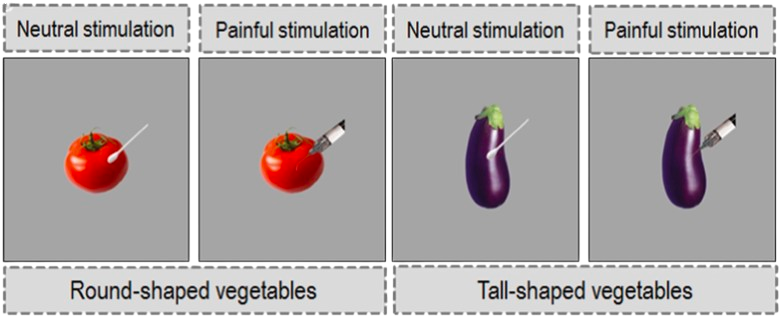
From Vaes et al. (2016)
Experiment Design
We devised a task in which the participant stood to gain something from performing well, but in order to achieve better performance, had to risk causing damage to a “non-human entity”, in this case, an egg.
Participants were divided into a control group that would perform the task with a normal egg, and a "manipulation group" that would perform the task with an anthropomorphized egg.
The anthropomorphized egg was given a face, and was introduced as “Bob” (humanity cues).
The Task
The task consisted in a game of Jenga with modified rules, and a potential monetary prize tied to performance (for more detailed info see the Full Report).
The egg (or Bob, depending on the group of the participant) was placed on top of the tower, and trying to achieve a better performance meant risking causing it damage.

Experimental Setup
Physiological Signals and Measures
According to our hypothesis, participants in the manipulation group (anthropomorphized egg) were expected to experience a higher level of psychological "stress" when performing the task, meaning an increased activity of the ANS, in particular Sympathetic Nervous System activation.
SNS activation was assessed using two physiological signals: ECG (Electrocardiogram) and EDA (Electrodermal Activity).
From these two signals we analyzed the mean Inter Beat Interval of the ECG and the Phasic Component of the EDA, reliable indicators of psychological stress.
Data analysis was performed with the PyPhysio toolkit. For all measures, we examined the differences between a baseline session without the egg and the experimental session described above.
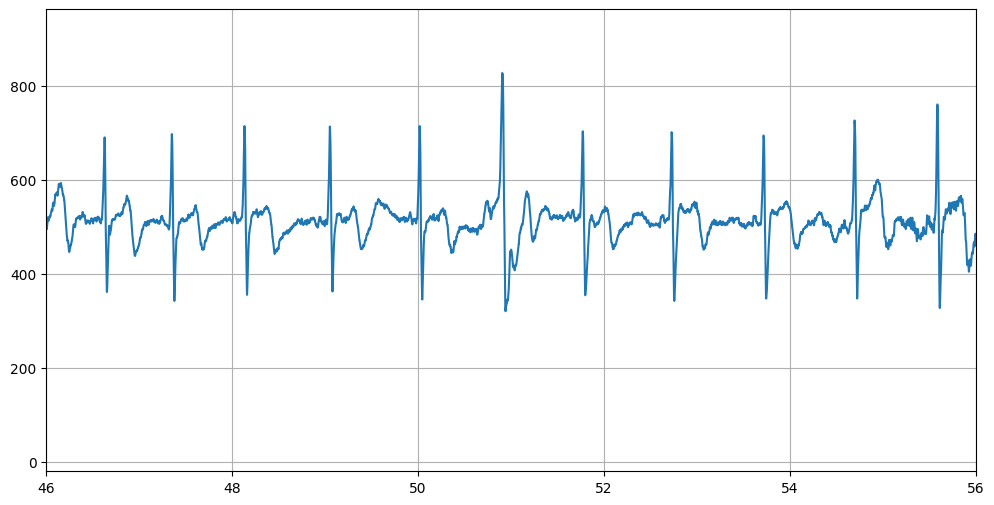
ECG time-series snapshot captured with the BITalino Device.
Participants in the manipulation group were also expected to be more careful and take less risks, this was assessed through behavioral measures, such as performance and average time x block.
Conclusions
This pilot study was conducted with a small number of participants and was performed more as a test of methods and data processing pipeline than as an attempt to find significant results.
It revealed strengths and limitations of the proposed method.
Limitations include the chance of a carryover effect between the baseline session and the experimental session and the absence of a ”resting-state” condition dedicated to get an ECG baseline in a completely neutral activity.
Despite these limitations, we believe that with appropriate modifications, the proposed method could still be effective for studying the effects of anthropomorphization of agents on people’s behavior and psychological state.
However more work is needed to fully establish its validity and limitations, and a wider study needs to be conducted in order to reach statistically significant conclusions.
Full Report
1. Minimal humanity cues induce neural empathic reactions towards non-human entities. - J Vaes, F Meconi, P Sessa , M Olechowski.
(Complete reference list in the Full Report)
